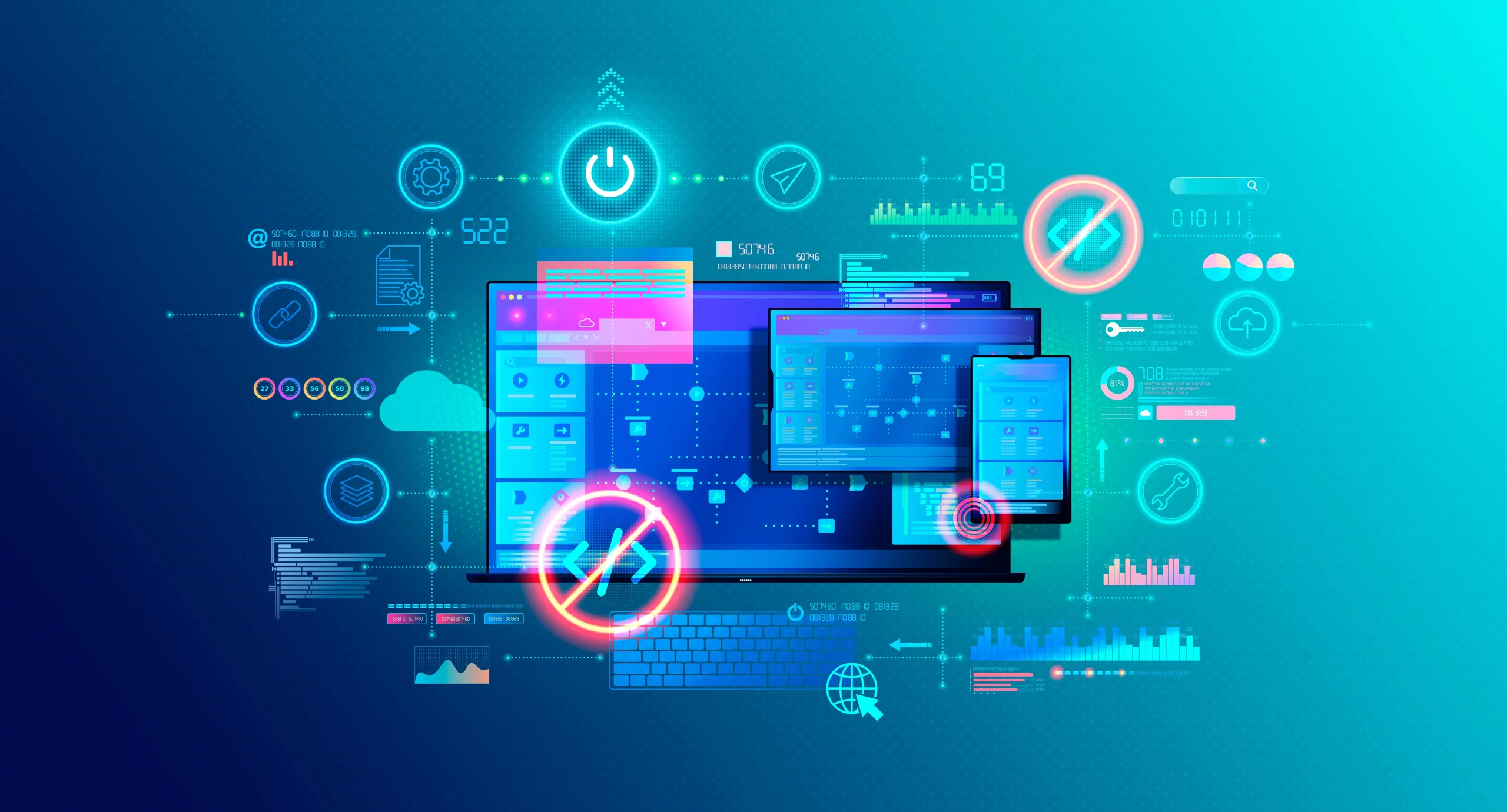In the realm of project management, where precision, coordination, and visibility are paramount, Gantt charts have emerged as a cornerstone tool. These visual timelines transform abstract project plans into concrete, actionable roadmaps, enabling teams to track progress, manage resources, and stay aligned toward shared goals. Whether you’re overseeing a small team initiative or a large-scale enterprise project, integrating Gantt charts into your project management workflow can significantly enhance efficiency and reduce the risk of delays.
The Core Value of Gantt Chart Software in Project Management
Gantt chart software serves as the digital backbone of project planning, providing far more than just a visual timeline. Its core value lies in its ability to centralize project data, automate repetitive tasks, and facilitate real-time collaboration—all while maintaining the clarity of a traditional Gantt chart format.
For project managers, this means reduced administrative burden: instead of manually updating spreadsheets or reworking timelines, software automates calculations when tasks are delayed or dependencies shift. For teams, it translates to improved visibility: everyone can access the latest project status, track their responsibilities, and understand how their work contributes to broader goals. For stakeholders, it offers confidence in progress: clear visualizations make it easy to review milestones, identify risks, and make data-driven decisions.
In essence, Gantt chart software bridges the gap between planning and execution, ensuring that project plans remain actionable, adaptable, and aligned with team capabilities.
Key Features to Look for in Gantt Chart Software
Not all Gantt chart tools are created equal, and the best software for your team will depend on your project complexity, workflow style, and collaboration needs. However, these essential features should be non-negotiable when evaluating options:
1.Dynamic Timeline Management
Top-tier software allows users to drag-and-drop tasks to adjust start/end dates, automatically recalculating dependent tasks and updating the overall timeline. This flexibility is critical for adapting to changes in project scope, resource availability, or stakeholder requests.
2.Dependency Mapping
The ability to visualize and manage task dependencies (Finish-to-Start, Start-to-Start, etc.) is fundamental. Advanced software highlights critical paths—sequences of tasks that determine the project’s minimum completion time—helping managers prioritize work and mitigate delays.
3.Resource Allocation and Tracking
Effective Gantt chart software integrates resource management, letting users assign team members, equipment, or budget to tasks and monitor workloads in real time. This prevents overallocation, identifies resource gaps, and ensures that the right people are assigned to the right tasks.
4.Collaboration and Communication Tools
Modern teams need software that fosters collaboration, whether through comment threads on tasks, @mentions for notifications, or shared access to the Gantt chart. Cloud-based solutions, in particular, enable remote and hybrid teams to update progress, share files, and communicate seamlessly from anywhere.
5.Reporting and Analytics
Data-driven insights are key to project success. Look for software that generates customizable reports on progress, delays, resource usage, and budget status. Visual dashboards can highlight trends, making it easy to present updates to stakeholders or adjust strategies.
6.Integrations with Other Tools
No project management tool exists in a vacuum. The best Gantt chart software integrates with popular apps like Slack, Google Workspace, Microsoft 365, and time-tracking tools, centralizing workflows and reducing the need to switch between platforms.
Choosing the Right Gantt Chart Software for Your Team
Selecting Gantt chart software requires careful consideration of your team’s unique needs. Here’s a framework to guide your decision:
- Team Size: Small teams or startups may thrive with user-friendly, budget-friendly tools (e.g., Trello’s Gantt power-up or Asana) that prioritize simplicity. Enterprise teams with complex projects may need robust solutions like Microsoft Project or Smartsheet, which offer advanced resource management and reporting.
- Project Complexity: Simple projects with linear tasks may only require basic timeline features, while large-scale initiatives with multiple dependencies and stakeholders demand software with critical path analysis and risk-tracking capabilities.
- Workflow Style: Agile teams that value flexibility may prefer software that integrates Gantt charts with Kanban boards (e.g., Monday.com), while waterfall teams with fixed timelines may prioritize strict scheduling features.
- Budget: Free or low-cost tools (e.g., ClickUp’s free tier) work for small budgets, while premium solutions justify their cost for teams that rely heavily on project management efficiency.
Always test software with a free trial or demo, involving key team members to ensure the tool fits their workflow and technical comfort level.
The Future of Gantt Chart Software in Project Management
As project management continues to evolve, Gantt chart software is adapting with innovative features. In 2025 and beyond, we’re seeing trends like AI-powered timeline predictions—where software analyzes historical data to forecast delays or suggest optimal task sequences—and enhanced mobile functionality, allowing teams to update Gantt charts on the go.
Integration with emerging technologies, such as project management AI assistants and virtual collaboration spaces, is also on the rise, making Gantt charts more interactive and intuitive than ever. These advancements ensure that Gantt chart software remains a vital tool, even as workplaces become more distributed and projects grow more complex.
Conclusion
Gantt chart software has redefined project management by turning static timelines into dynamic, collaborative hubs that drive efficiency and accountability. By offering features like dynamic timeline adjustments, dependency mapping, resource tracking, and seamless integrations, these tools empower teams to plan with confidence, adapt to change, and deliver projects successfully.
When choosing Gantt chart software, prioritize features that align with your team size, project complexity, and workflow needs. With the right tool in place, you’ll transform how your team plans, collaborates, and achieves project goals—proving that in the world of project management, the right software isn’t just a tool, but a catalyst for success.
